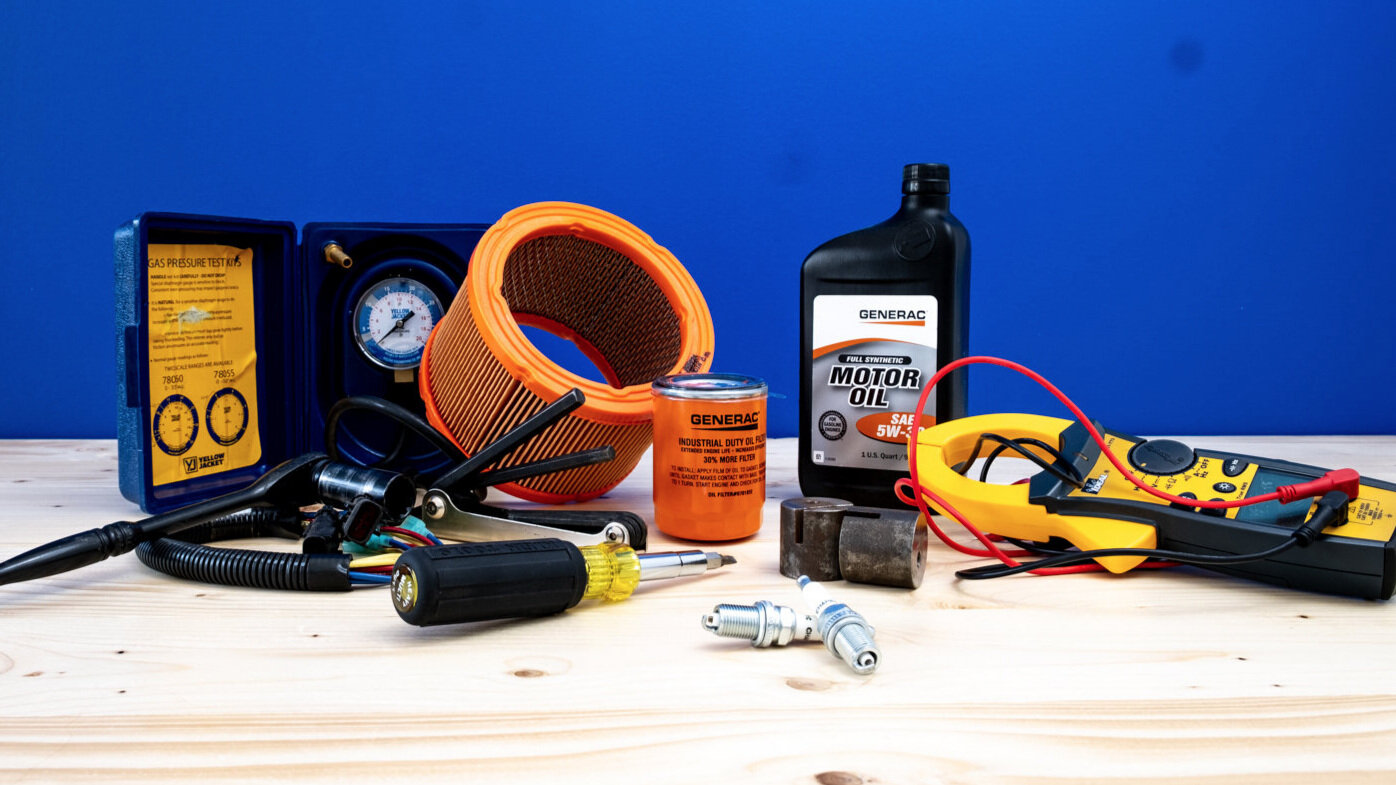Q: What is Load Shedding for Home EV Chargers
National EV Month is just wrapping up, so it's a good time to talk about load shedding and Level 2 EV Charger installation. With the increased demand for Level 2 EV charging at home we are seeing this approach used more often. Adding an EV charger to your home places significant demands on your electrical system, commonly as much as 50amps are required for the charger. One of the unexpected expenses of adding an EV charger may be updates to your electrical panel and in some cases the need for additional service upgrades. This is where the concept of "load shedding" comes into play as a potential solution for some homes.
What is Load Shedding?
Load shedding isn't a new concept; utility companies have used load shedding for years with "brown outs" or "rolling blackouts" being the common example as they redirect resources across the power grid. (While consumers might not enjoy these methods they are in fact protecting the power grid from larger damage.) This is also why many utility companies offer a discount for "off-peak" usage hours to help distribute available power.
Residential load shedding is the management and balancing of distribution of power to different appliances/circuits within a home to prevent overload of the main electrical panel or supply from the grid. Load shedding ensures that your EV charger does not exceed the available electrical capacity, especially during periods when other high-demand appliances (like hvac, ovens, or water heaters) are in use.
Instead of running all appliances at full power simultaneously, load shedding systems prioritize or reduce the power to certain devices. If the load shedding device senses the electrical supply approaching capacity, it will automatically turn off or step-down power going to the EV Charger until the capacity level allows for safe operation and then it returns full power to the device to continue charging the vehicle. This prevents circuit breakers from tripping and avoids potential damage to the home's wiring or other systems.
For example, if your home has a 100amp electrical panel and you add a 50amp EV Charger, then you run several major appliances while charging your EV, you can easily exceed the panel's capacity. This will result in breakers tripping, a possible power cut and can cause damage to the entire electrical system. A load shedding system would temporarily reduce the charging rate or pause charging to balance the consumption until more electrical capacity becomes available.
Load shedding is commonly done with a dedicated Energy Management System installed at the electrical panel. This device can monitor and communicate with the EV charger and other smart appliances to balance demand. More modern EV chargers are also starting to include built-in or Smart features that dynamically adjust charging rates based on household usage. These are a great idea but may not be sufficient if your home system is close to capacity. They do provide a secondary level of protection and redundancy for the charger.
Benefits for Home EV Charging
Cost Savings: Installing a load shedding device may eliminate the need for panel or service upgrades.
Safety: By automatically managing the load you can reduce overloads and prevent damage to wiring, other appliances and reduce the risk of electrical fires.
Convenience: Homeowners can still use other high-demand appliances (such as hvac, dryers or stoves) without worrying about tripping breakers.
Optimized Charging: Load shedding systems can prioritize charging when the overall household consumption is low, often overnight and take advantage of any off-peak efficiency or cost savings.
Conclusion
Load shedding isn't an option for every home but may be a way to make installing a home EV charger for affordable for homeowners while still offering a safe & efficient charging experience. It may not be a realistic solution for every home depending on existing electrical service and age of the panel and existing wiring in your home. The best way to see what your options are is getting an estimate. Dynamic Electric can come and do a load calculation for your home, assess the location and needs of your charger installation and make suggestions about what is needed and if load shedding is a viable answer.
Ask the Electrician is a column we publish with our advertising partner WCHL/Chapelboro. In “Ask The Electrician,” Scott answers common questions about electrical work, from switches and outlets to safety issues and preventative maintenance. If you have a suggested question for us to answer – or need an electrician – please reach out to our office.
See the article on Chapelboro.com: Load Shedding and EV Chargers


